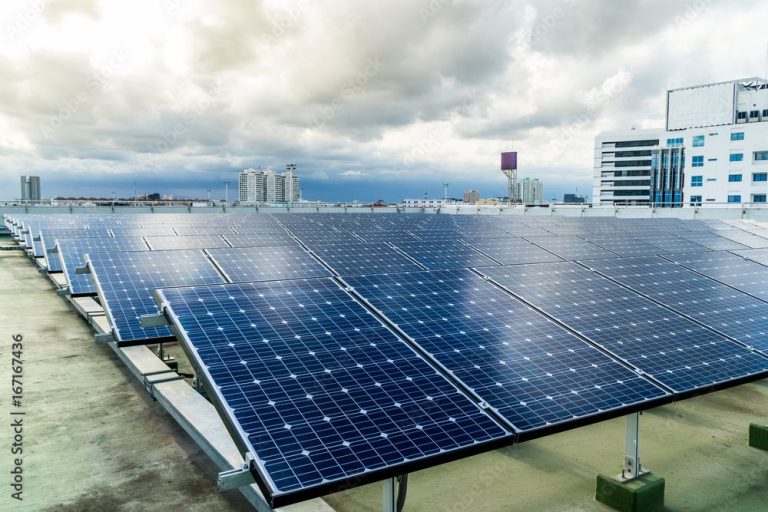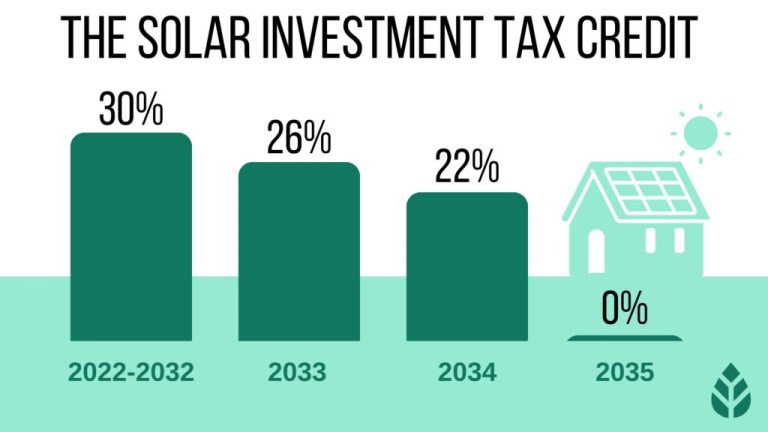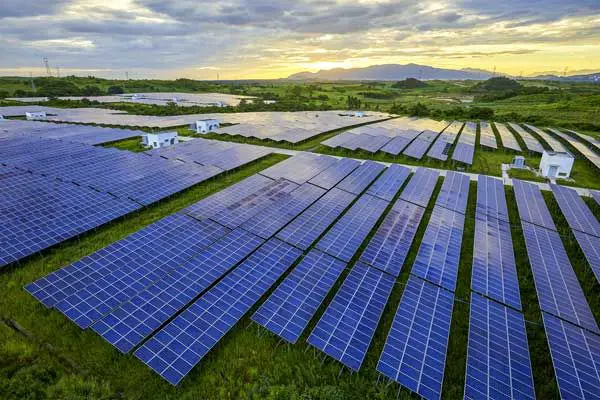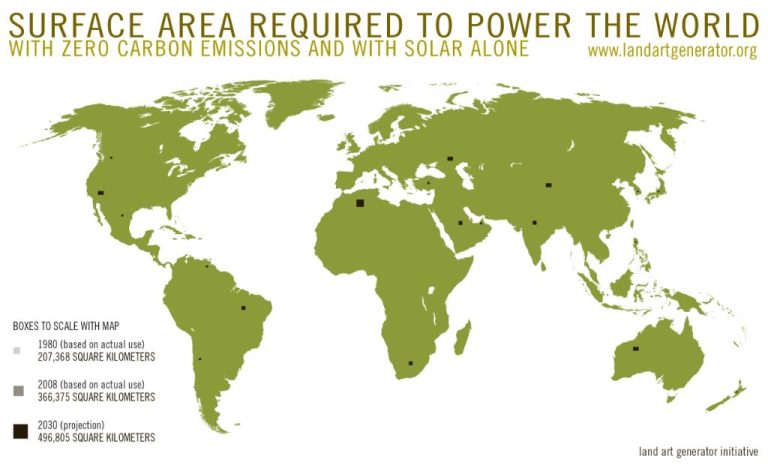Why Are We Not Using Solar Energy?
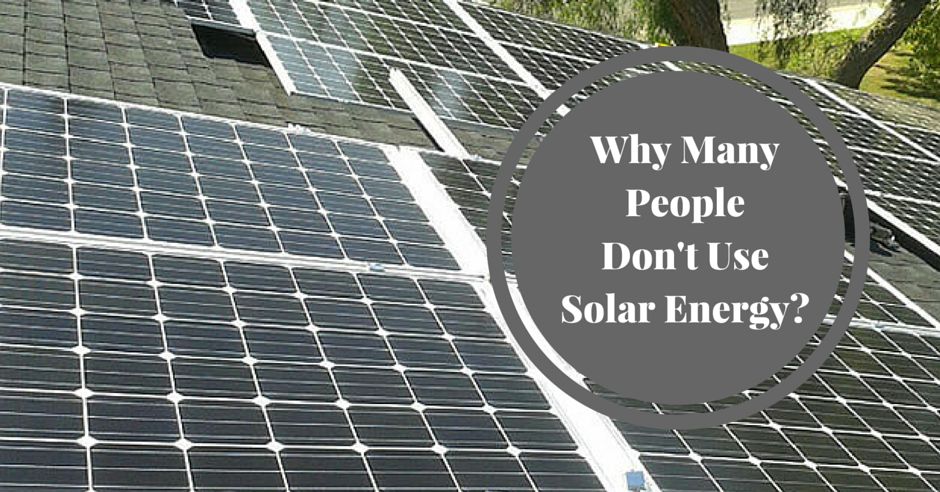
Solar energy is energy from the sun that is converted into thermal or electrical energy. Solar energy technologies include photovoltaics, concentrated solar power, solar heating, and solar architecture. Solar energy is renewable, and has very low emissions when compared to fossil fuels.
The United States currently generates about 2-3% of its electricity from solar power, according to the U.S. Energy Information Administration (EIA). While solar capacity is growing rapidly, it still provides a small fraction of U.S. energy production compared to sources like natural gas and coal.
There are a number of advantages and challenges to expanding solar power generation in the U.S. This article will examine the main barriers holding solar back from wider adoption, including cost, intermittency, storage, transmission, land use, permitting, industry resistance, and aesthetics.
Cost
The upfront capital costs of building utility-scale solar power plants are still higher than building new fossil fuel power plants, though costs have dropped dramatically in recent years. According to [The Guardian](https://www.theguardian.com/us-news/2023/jan/30/us-coal-more-expensive-than-renewable-energy-study), renewables are now cheaper than coal on average. The analysis found that 99% of coal plants cost more to operate than building new solar or wind farms if federal subsidies were removed. However, the upfront construction costs for renewables remain higher than coal. For example, building a 100MW solar farm can cost over $100 million upfront, while a comparable coal plant may cost $65-75 million.
Over the life of a solar power plant, the overall costs become far more competitive with coal due to minimal fuel and operating expenses. But financing that large initial capital investment is a challenge compared to fossil fuel plants. This remains one of the primary barriers to rapid solar adoption, despite its increasing lifetime cost advantages.
Intermittency
One of the biggest challenges with solar energy is that it is an intermittent energy source, meaning solar panels only produce electricity when the sun is shining. Unlike sources like natural gas or coal that can provide power 24/7, solar output depends on the time of day, weather conditions, and seasons (Grazelog). During the night or periods of cloud cover, solar panels do not generate any electricity. This variability can be difficult for energy grid operators to manage, as the supply of power from solar does not always coincide with peak hours of electricity demand. Research shows a strong geographic imbalance in solar output, with more during the summer but less during the winter months and times of poor weather.
Solar intermittency means that energy storage solutions and backup generation is needed for times when the sun isn’t shining, adding costs and complexity. However, large-scale battery storage could provide a solution for smoothing out the variability of solar and meeting electricity demand when the sun goes down or is obscured by clouds. But so far, storage remains too expensive to fully address intermittency at the scale needed for widespread solar adoption. Until affordable storage is available, the intermittent nature of solar will remain a barrier to it becoming a dominant energy source.
Storage
One of the biggest challenges with solar power is its intermittent nature due to reliance on sunlight. Solar panels do not produce energy at night, and output varies with weather conditions like clouds. This makes storage an essential part of deploying solar on a large scale. However, storage technology has lagged behind and remains expensive (IEA).
Current battery storage options work well for short term fluctuations, but are not adequate for multi-day storage needed to compensate for long stretches of overcast weather. Pumped hydro storage is the predominant form of grid-scale energy storage today, but geographical constraints limit deployment. Other storage methods like compressed air and thermal storage are advancing but not yet cost-competitive (SEIA).
The intermittency problem can be mitigated but not solved with current storage technologies. More research and development is needed for seasonal storage capabilities that can make solar a reliable baseload power source (DOE). Until affordable long-duration storage is available, intermittency remains a significant barrier to large-scale solar adoption.
Transmission
One challenge with solar power is that the best locations for large-scale solar farms are often far from major population centers that need the electricity. Solar resources are most abundant in sunny, desert climates like the Southwest U.S., but large cities are concentrated elsewhere. This means new, expensive transmission infrastructure is required to deliver the power.
Building new high-voltage transmission lines can cost up to $1 million per mile (Source 1). For example, Xcel Energy’s proposed 800-mile transmission project to bring wind and solar from Minnesota to Wisconsin was originally estimated at $500 million in 2020, but more than doubled to over $1 billion by 2022 due to increasing prices of materials and labor (Source 2). Transmission is thus a significant cost consideration when siting large solar installations.
Land Use
Solar farms can require significant amounts of land, which is one reason that solar adoption has been limited. According to The True Land Footprint of Solar Energy, a conservative estimate is that solar farms need about 10 acres per megawatt (MW) of capacity. So a typical 50 MW solar farm would require around 500 acres of land. SolarLandLease notes that utility-scale solar farms often need between 4-7 acres per MW of capacity. While solar panels themselves don’t take up that much space, there needs to be sufficient room between panels and rows for maintenance access and to avoid shading. The large land requirements for solar farms can make siting and permitting difficult, especially in densely populated areas.
Permitting/Regulations
Large utility-scale solar projects often face significant challenges with permitting and regulations. Local governments may not have processes in place to properly evaluate and approve solar facilities, leading to long delays (Planning for Utility-Scale Solar Energy Facilities, https://www.planning.org/pas/memo/2019/sep/). Permits are needed for zoning, land use, construction, environmental impact and more. Lack of experience and set procedures means permits can take months or years to secure.
Another challenge is overcoming local opposition and “not in my backyard” mindsets. Some local officials or residents view large solar projects as eyesores and resist approving permits. Developers must educate on project benefits like job creation and tax revenue (How solar developers can overcome clean energy permitting roadblocks, https://www.renewableenergyworld.com/solar/utility-integration/how-solar-developers-can-overcome-clean-energy-permitting-roadblocks/).
At the federal level, complex environmental reviews through NEPA can also cause delays. Streamlining and clarifying regulations could accelerate permitting for solar projects that support national clean energy goals (US Clean Energy Goals Hinge on Faster Permitting, https://www.wri.org/insights/clean-energy-permitting-reform-us).
Industry Resistance
The fossil fuel industry and electric utility companies often resist the widespread adoption of solar energy as it threatens their existing business models and profits [1]. Some key ways that existing energy companies fight against solar include:
Lobbying against pro-solar policies – Fossil fuel and utility companies spend millions on lobbying to influence lawmakers against policies like solar tax credits that make solar more affordable. They argue such policies are unfair subsidies. In 2021 alone, fossil fuel interests spent over $100 million on anti-solar lobbying [1].
Misinformation campaigns – Utility and fossil fuel backed groups have been found spreading misinformation about solar through advertisements, front groups, and social media. This includes exaggerating costs, safety risks, and unreliability of solar [2].
Fighting individual projects – Utility companies use legal action and publicity campaigns to fight against independent solar installations that allow customers to disconnect from the grid. For example, Rocky Mountain Power spent over $10 million fighting rooftop solar in Utah before settling in a 2019 compromise [3].
By better understanding industry resistance, solar advocates can counter misinformation and push for policies that accelerate solar adoption despite opposition from entrenched interests.
[1] https://www.sciencedirect.com/science/article/pii/S0301421522001471
[2] https://www.npr.org/2022/03/28/1086790531/renewable-energy-projects-wind-energy-solar-energy-climate-change-misinformation
[3] https://sourcenm.com/2022/11/02/lack-of-affordable-solar-energy-options-in-farmington-clean-energy-advocates-say/
Aesthetics
One challenge facing large-scale solar farms is public resistance due to aesthetics and visual impacts. Many people find the look of solar panels on large plots of land to be unsightly and out of sync with the natural landscape or existing architecture. According to The Aesthetics of Solar: Why Looks Matter, solar farms are sometimes criticized as an “eyesore” and have faced backlash from neighbors and local communities. There are concerns that solar farms can negatively impact viewsheds, disrupt the rural character of landscapes, and decrease property values for surrounding areas.
Research has examined public perceptions of solar farm aesthetics. A 2018 study in Renewable & Sustainable Energy Reviews found that factors like color, shape, and visibility of panels impacted the aesthetic evaluation of solar farms (Sánchez-Pantoja et al.). Many feel solar farms look industrial, unnatural, and out of place. This demonstrates why aesthetics and public opinion should be considered when siting and designing solar installations.
Conclusion
The main challenges for increased solar energy adoption seem to be cost, storage limitations, land availability, and grid transmission capacity. However, costs have been rapidly declining with improved solar panel technology and manufacturing scale. Energy storage innovations and mandates could help address intermittency issues. Policy changes around net metering and permitting may enable decentralized growth. Continuing to improve solar efficiency and energy density will help make better use of suitable land. Upgrading transmission infrastructure can alleviate grid constraints. Overall, the challenges are surmountable through further research, development, and supportive policies. With diligent efforts, solar energy could realistically become a much larger portion of the global energy mix. This would provide environmental and energy security benefits.

